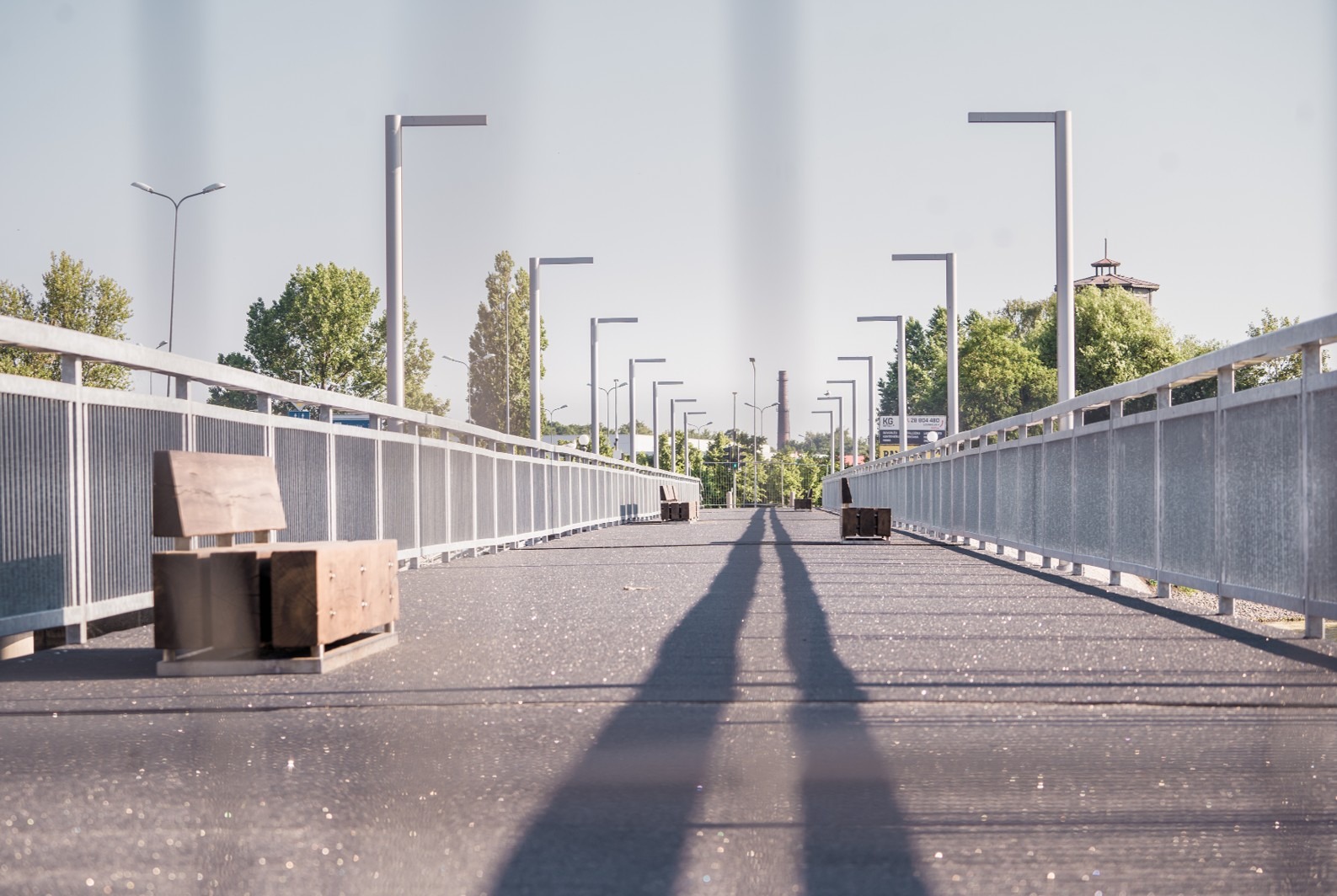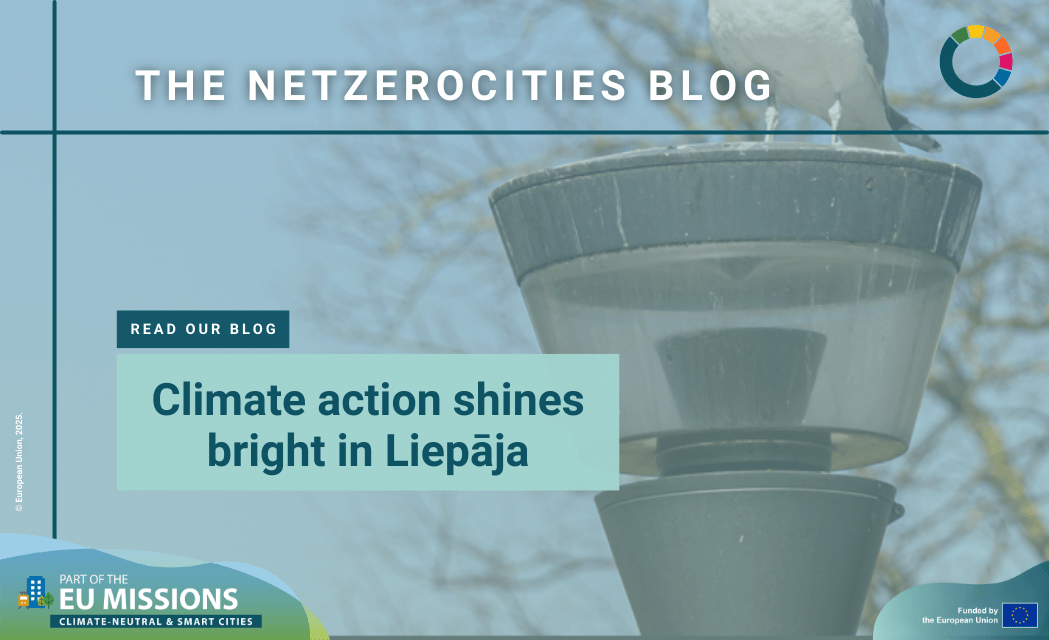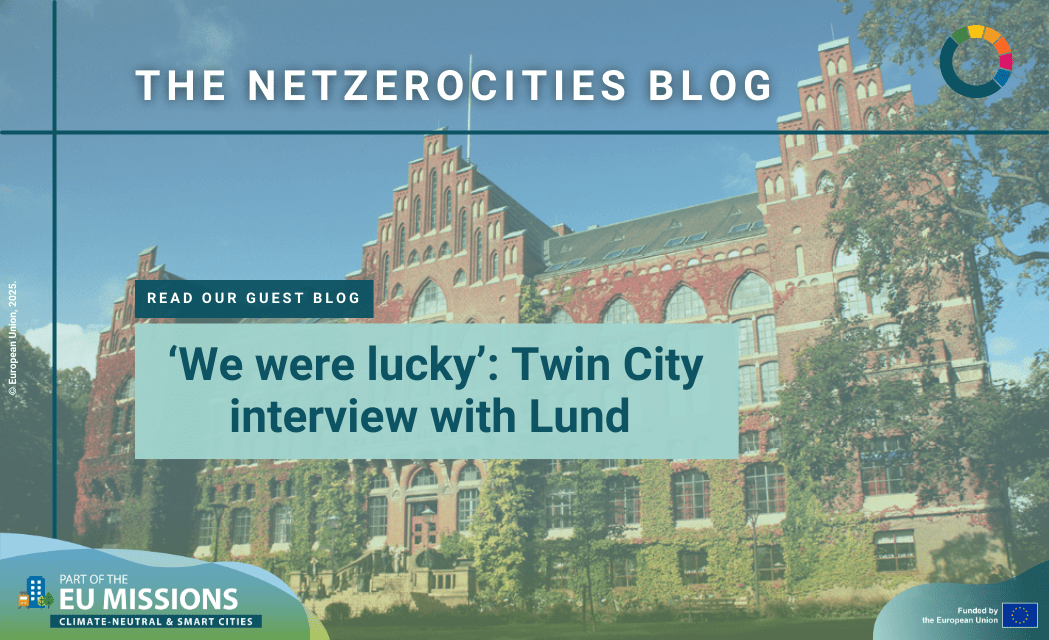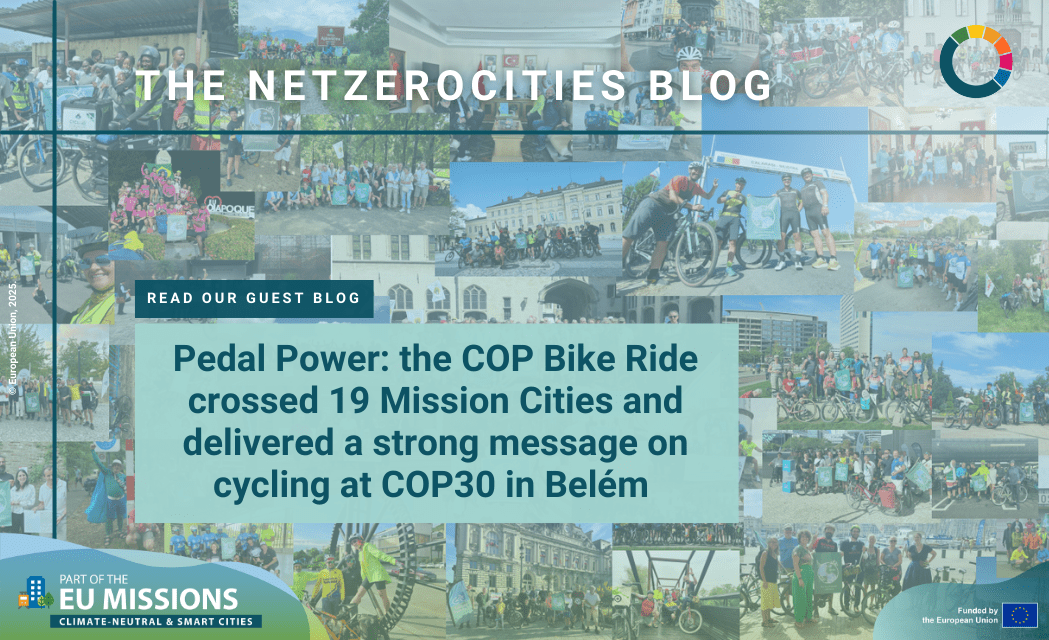A major modernisation of street lighting in the Baltic city will cut energy consumption and CO₂ emissions – and costs for citizens
Cities across Europe with ambitious climate goals are looking to save emissions across many domains in a cost-effective way and use smart technology to maximise their impact. Through a major project to upgrade streetlights and in public buildings, the Mission City of Liepāja in Latvia is combining all these elements to produce significant gains for citizens.
In one part of the modernisation programme, over 13,000 outdated lighting fixtures have been replaced in 27 educational institutions across the city, saving €120,000 in annual electricity consumption, while CO₂ has been cut by the equivalent of the annual emissions of 25 cars.
Ideally for the city, an energy service company (ESCO) model allows the municipality to pay for the service over a seven-year period, rather than all the €1.1 million cost up front.

“After this time, the lighting fixtures will become the property of the municipality, ensuring long-term savings. We estimate that lighting costs will be reduced by around 60% and that we will save an additional €10,000 per year on maintenance and €7,200 on reduced power connection charges. We think this will prove not only to be great for our climate goals, but will be great value for the city and for citizens,” says Karlis Beihmanis, the municipal manager leading the Liepāja’s climate projects.
And the lighting improvements are not being limited to educational institutions – the municipality is also upgrading other public infrastructure through the Emission Quota Auction Instrument (EKII), a Latvian state budget programme, paying nearly two-thirds of the cost without needing to be paid back (an investment of over €727,000).
In the first phase, 4,924 streetlights have already been replaced, meaning annual energy savings equivalent to €316,000 and lower CO₂ equivalent to the annual emissions of 220 households. In 2025, the second phase of the EKII project is being implemented, which will modernise 2,012 streetlights and integrate smart technologies like sensors, segment controllers, and real-time fault monitoring.
As well as controlling light intensity automatically, these innovations will enhance both the efficiency and sustainability of the lighting system.

“The first phase of the project has been really welcome and is already delivering savings in costs and emissions, but we’re particuarly excited about the implementation of the smart elements in phase two,” says Karlis Beihmanis.
“This technology will really maximise the possible savings and efficiency from this investment in our public infrastructure.”
The foreseen benefits include annual electricity consumption falling from 1,003 MWh to 250 MWh, financial savings of approximately €141,500 per year, and a CO₂ reduction of 82 tonnes – comparable to the emissions of 41 Riga–Brussels flights. Again, the project is supported by EKII, which will cover up to 70% of the costs of no more than €560,000.
“Citizens can already see the positive effect of changing the lights – visibility and safety have improved, and the municipality benefits from energy savings in the budget, which frees funds for other initiatives in the city,” says Karlis Beihmanis.
“Through the combination of the ESCO services in educational institutions and the EKII-funded projects, Liepāja will make annual savings of over €578,000, significantly reduce energy consumption, and cut CO₂ emissions by the equivalent of the carbon sequestration from 31,000 newly planted trees.”
In October 2024, Liepāja became the first city in the Baltics to receive the European Union Mission Label, endorsing the plans detailed in its Climate City Contract (which you can find here) and recognising its ambition to reach climate neutrality.





